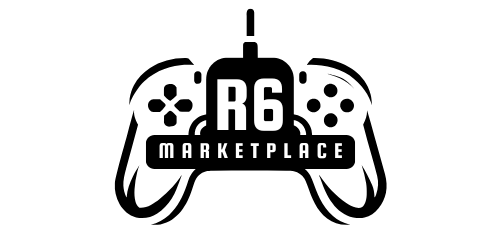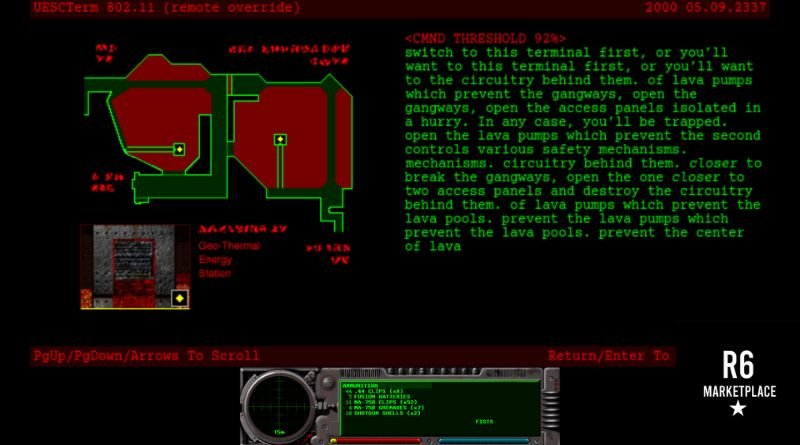Introduction: The Growing Demand for Game Translation
The world of video games is vast and global, with millions of players across different continents enjoying games in their native languages. As video games have evolved into a multi-billion-dollar industry, developers have realized the importance of making games accessible to a broader audience. This has led to the rise of game translation marathons, an intense and time-consuming process of translating, localizing, and adapting games for international markets. But why are game translation marathons so crucial, and what do they entail? This article delves into the world of game translation marathons, exploring their significance, challenges, and the meticulous efforts involved in making a game accessible to players worldwide.
What Are Game Translation Marathons?
At its core, a game translation marathon refers to a high-pressure, intensive period during which a team of translators works relentlessly to translate a game from one language to another. These marathons are essential when launching a game across multiple regions, especially when deadlines are tight, or a game is being released simultaneously in different parts of the world. The goal is to ensure that the translated version of the game is not only accurate but also culturally relevant and immersive for the target audience.
In addition to translating the text, game translation marathons also involve localizing the game’s dialogue, character names, cultural references, and any in-game text. The process extends to the game’s user interface, menus, and even voiceovers to ensure that every element resonates with the players, regardless of where they are from. The tight timelines often associated with these marathons mean that teams must work in a focused and highly coordinated manner to meet the deadline for a game’s release.
The Importance of Game Translation Marathons in the Global Market
The global gaming industry has seen exponential growth over the past few decades. With this growth comes an increasing demand for game translations, as developers seek to cater to an international audience. For a game to be successful globally, it must be more than just available in different languages—it needs to feel like a native experience for every player. This is where game translation marathons come into play. They ensure that a game is fully localized to appeal to players from diverse linguistic and cultural backgrounds.
Moreover, when a game is translated correctly, it helps in building stronger connections with players. For instance, certain phrases, jokes, or references that work in one language might not resonate in another. Therefore, the translation process involves adapting these elements to make the game feel natural for the target market. Whether it’s using culturally appropriate humor or adjusting dialogue to match local idioms, game translation marathons allow developers to make these necessary changes while maintaining the essence of the original game.
Key Elements Involved in a Game Translation Marathon
A successful game translation marathon goes beyond simply converting text from one language to another. Here are the key elements involved in the process:
- Text Translation
The foundation of any game translation marathon lies in translating the game’s text. This includes everything from in-game dialogue to menu options, instructions, item descriptions, and more. Translators need to be not only fluent in the target language but also familiar with the gaming culture to ensure that the translated text sounds natural and maintains the original tone of the game. - Localization
Localization is a more in-depth process than translation. It involves adapting content to make it more relevant and relatable to the target audience. This can include altering culturally specific jokes, references, and even graphics to reflect the preferences and sensibilities of players in the target region. Localization ensures that a game doesn’t just sound different in another language—it feels like it was created for that specific audience. - Voiceover Adaptation
In many games, especially narrative-driven ones, voiceovers play a significant role in delivering the story. During a game translation marathon, the voiceover script is translated, and sometimes new voice actors are brought in to record the lines in the target language. This step is crucial, as it ensures that the emotion and tone of the original voice acting are preserved in the translated version. However, developers can achieve significant time savings by using a text to AI voice solution, streamlining the dubbing process while maintaining quality and consistency. - Quality Assurance and Testing
Quality assurance (QA) is an integral part of any game development process, but it becomes especially critical during translation marathons. QA ensures that the translated text fits correctly within the game’s UI and that there are no errors or bugs in the translation. Testing also involves ensuring that the game’s audio and visual elements, such as voiceovers and subtitles, are properly synced and match the localized content. - Cultural Sensitivity
Cultural sensitivity is perhaps one of the most challenging aspects of game translation marathons. A direct translation of a game may not always be appropriate, especially if certain elements of the game could offend players from different cultures. For example, certain colors, symbols, or gestures may have different meanings in different regions. During a marathon, translators must carefully examine each element to avoid potential misunderstandings or offense.
The Challenges of Game Translation Marathons
While game translation marathons are critical to a game’s global success, they come with their own set of challenges:
- Time Constraints
One of the most significant challenges in a game translation marathon is the time pressure. Often, games are scheduled for simultaneous release in multiple regions, meaning translation teams must work at an accelerated pace. This can lead to issues such as rushed translations, incomplete localization, and difficulty ensuring cultural appropriateness. - Technical Limitations
Video games often feature complex coding and specialized formats that make translating and localizing text a challenge. For instance, some games may use custom fonts or have space limitations in their UI, making it difficult to fit the translated text into the existing design. Additionally, certain languages, like German or Chinese, may require more space than others, further complicating the process. - Maintaining Consistency
Consistency is key in any translation process. In game translation marathons, translators must maintain consistency in the use of terminology, character names, and world-building elements throughout the entire game. This can be particularly challenging when working with large teams or when the game has a rich lore with numerous references. - Balancing Fidelity with Adaptation
Striking the right balance between staying true to the original game while adapting it for different cultural contexts can be tricky. Translators and localizers must make decisions about what changes are necessary for the game to be accepted in a new culture without losing its essence. It’s about finding that sweet spot where the game remains familiar but also feels fresh and engaging for the new audience.
The Role of Technology in Game Translation Marathons
In recent years, technological advancements have made the game translation process more efficient. Translation management software, machine translation, and AI-driven tools have all become essential in game localization workflows. These tools help streamline the process, reduce errors, and ensure that translation teams can work more effectively within tight deadlines.
However, technology can’t replace the human touch. The creativity and cultural understanding provided by experienced translators are indispensable, especially in cases where idioms, humor, and local customs are involved. A balance between technology and human expertise is the key to a successful game translation marathon.
Conclusion: Why Game Translation Marathons Matter
Game translation marathons are far more than just a process of converting text from one language to another. They are an essential part of making a game accessible to players around the world. By embracing translation and localization, game developers can ensure that their games reach global audiences and are experienced in the most immersive way possible. While these marathons come with their challenges, they are undeniably important in creating a truly universal gaming experience. As the gaming world continues to grow, the significance of game translation marathons will only increase, shaping the future of the industry and expanding the possibilities for international success.
May Also Read: r6marketplace

